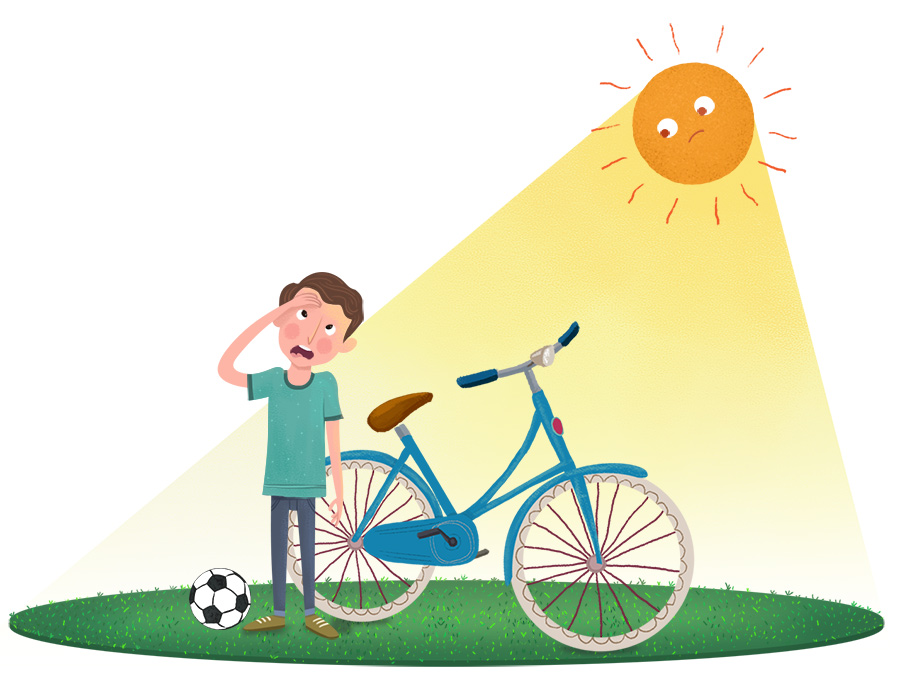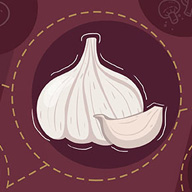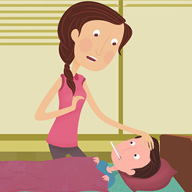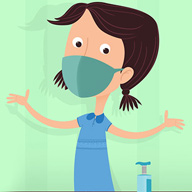Heat strokes occur when the body is exposed to high temperatures over a long period of time. Combined with dehydration, it could lead to the development of several alarming symptoms. Sending your child out in the summer heat is always a risk. In the peak afternoon sun, children and adults alike are prone to heat strokes. Keeping a child cooped up in the house during the summer break is also an unfair practice, as this is their time to unwind. Children often do not understand their limitations and are always keen to play outside longer. However, it's your duty as their parent to ensure there are safety measures to ensure your child does not get a heat stroke.
One of the simplest safeguards to keep in place while sending your child out to play or for outdoor sports and activities is to try and avoid the peak afternoon sun. In the afternoon, with the sun shining the most, your child is most prone to a heat stroke. Try sending them out in the morning or later in the evening, while the sun is not as strong. Keep your child's head covered is another simple yet effective way to reduce the chances of them getting a heat stroke.
Dehydration can play a huge role in escalating the symptoms of a heat stroke. Make sure to get your child into the habit of drinking lots of fluids, preferably water, lemonade or coconut water. Avoid drinks with caffeine such as aerated drinks, as those dehydrate your child rather than rehydrate them.
Stick to light natural fabrics such as cotton or linen when dressing yourself and your child this summer. Avoid wearing tight clothes that restrict air circulation and for the skin to breathe. Wear light colours which reflect the light rather than absorb and trap it.
Though this does not need saying, remember to not leave your child or your pets in the car while you are running errands. Cars are confined spaces prone to overheating and can easily cause heat strokes.
Some common symptoms of heatstrokes to look out for when your child returns from playing outside include – dry, hot and red skin, rapid breathing, throbbing headache, nausea, dizziness and confusion.
If your child develops any of these symptoms after playing outside, make sure to change them into loose clothing, fan them to circulate air, wet their skin to cool it down. If symptoms progress, be safe and go see your doctor.







